Tufts U offers unforgettable anatomy lessons with a One Health focus
By Angela Nelson, TuftsNow
On the path to becoming a medical professional, there are moments that stay with a student forever. On a Saturday in early June, about 165 students from the medical, dental, and veterinary schools at Tufts had such an experience at the Comparative Anatomy Exchange Day, or CadEx for short. The annual interdisciplinary event which focuses on One Health — the concept that human, animal, and environmental health are intrinsically connected — was featured in a university news story.
The program started in 2017 after a veterinary student raised the idea for an “anatomy exchange day” to John Castellot, professor of medical education at Tufts University School of Medicine and co-chair of the Tufts University One Health Committee. The suggestion was that Tufts graduate and professional students interested in One Health could learn more about the anatomy and pathophysiology of both humans and animals. Since then, CadEx has gained national recognition and become a model that other medical schools have adopted.
“I held a brain,” said participant Katherine McMurphy, A21, MG25, a student in the Physician Assistant Program at the School of Medicine. “And I saw a horse’s GI system from start to finish, which I will probably never see again in my life. It was huge. Just one section of the small intestine was 70 feet long.”
The organs were part of teaching displays in the Michael Jaharis Jr., M87P, H15, Anatomy Laboratory at the School of Medicine. Each year, the program focuses on a particular body system across species; this year was the GI tract, and the May 6 event drew the most participants since its inception. Castellot credits the growth and success of the program to Rebecca Lufler, associate professor of medical education at the School of Medicine.
“It is so important to have interprofessional education opportunities like this because students will work in interprofessional teams when they practice, so this provides a forum in which they can not only start to understand the scope of other professions, but also work on communicating effectively, sharing ideas and information, and working collaboratively toward a common goal,” said Lufler.
The day started with student presentations about the GI system from the medical, dental, and veterinary perspectives that offered an overview of key points, rather than highly technical information, Lufler explained, since the students have different areas of study. After lunch, participants moved to the Michael J. Anatomy Lab for hands-on learning. But first, they agreed to the laboratory rules, including no cameras or photography allowed. The human and animal cadavers have been donated to the university for educational purposes, and protecting donor privacy is very important.
“Students call their donors their first patients, and they treat them with that level of respect,” said Castellot. “It's a really profound relationship that the students have.”
Cecily Freliech, A19, V25, a second-year veterinary student at Cummings School of Veterinary Medicine and president of the Students for One Health club on the Grafton campus, was responsible for organizing veterinary student speakers and for transporting animal specimens from Grafton to Boston for the lab portion. In addition to the horse intestine, she brought two cats, a dog, a goat, and a ruminant stomach. The anatomy lab tables are designed for humans, so an entire horse or cow won’t fit. It’s one of the reasons for focusing on a particular part of anatomy.
“When comparing the anatomies of humans and animals, they’re very different, but they’re also very similar,” said Freliech. “For example, the muscles in the GI tract of canines and humans all share similar names and functions. One big difference we noted in the lab is that many animal species don’t have an appendix, while humans do.”
Sebastiana Redford, M26, a first-year medical student who helped organize the medical student side of the event, also served as a lab teacher and showed participants the differences between a normal liver and one with metastatic cancer.
“I walked students through what they could expect to see if a patient was presenting with symptoms of liver cancer and how completely different the liver specimens look from the different types of cancer. It was very hands-on, and I think students will remember what they learned because they got to feel the liver and see how big it was,” Redford said.
McMurphy said that the student presenters made the material much more accessible, because it felt like they were exploring and learning together as a community. When questions arose, she said, if the presenter did not know the answer, another student raised their hand to share information, or they floated the question by one of the faculty organizers.
“Interprofessional education has to be students teaching students, it cannot be faculty teaching students,” agreed Lufler, “and the act of teaching only further ingrains that information in them. Students have a different type of relationship with each other than the faculty does with them, and they can relate to things that are impacting their generation to a greater extent.”
Deomrick Harris, D26, a first-year student at the School of Dental Medicine, presented with three of his classmates on how the GI system functions through a dental lens. It was at his station that participants were able to see the brain.
“In dentistry, the head and neck are our bread and butter,” said Harris. “Our presentation started with the oral cavity, teeth, and the muscles in the face, and then looked at the process of chewing food and how the food contracts down to the stomach. We went into some GI disorders dentists may see, such as gastroesophageal reflux disease (GERD) and thrush. It was a great experience seeing people come by my table and explaining to them what we study on the dental side and why.”
Harris said he was especially fascinated by the comparisons between dental surgery and veterinary surgery, such as how teeth are extracted. As he pointed out, this was a rare opportunity to cross paths with veterinary students, as the Grafton campus is about an hour from the Tufts Health Science campus in Boston.
“Even though we may not study the same thing, it's all practicing medicine,” said Harris. “I really enjoyed the collaborative approach. Medicine is a melting pot.”
Lufler’s hope is that students come away with an appreciation for all the other health professions, a greater understanding of One Health, and a desire to pass their knowledge onto their patients and communities. “There was never a dull moment in the lab,” she said.
Read the original story, view additional pictures from the event.


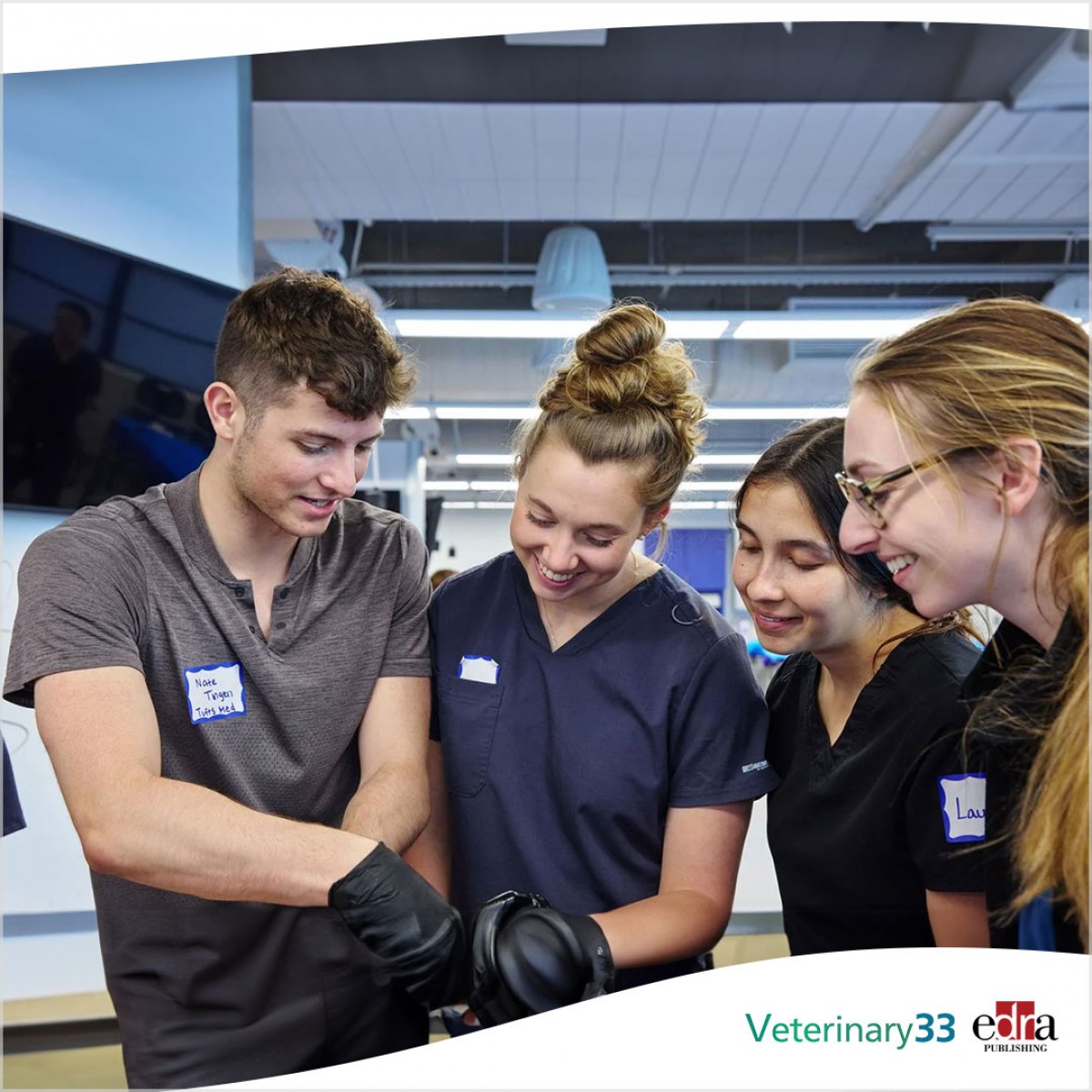

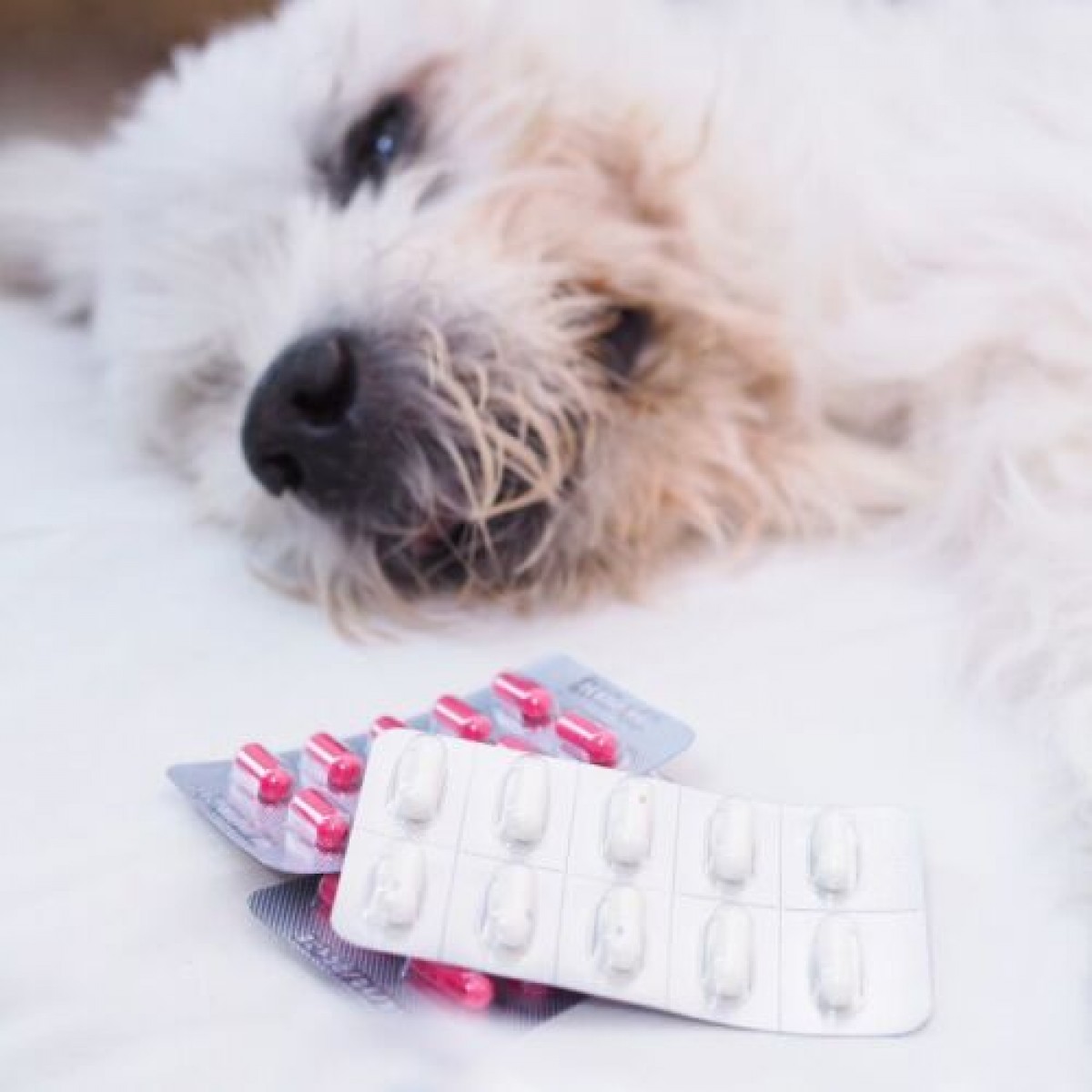


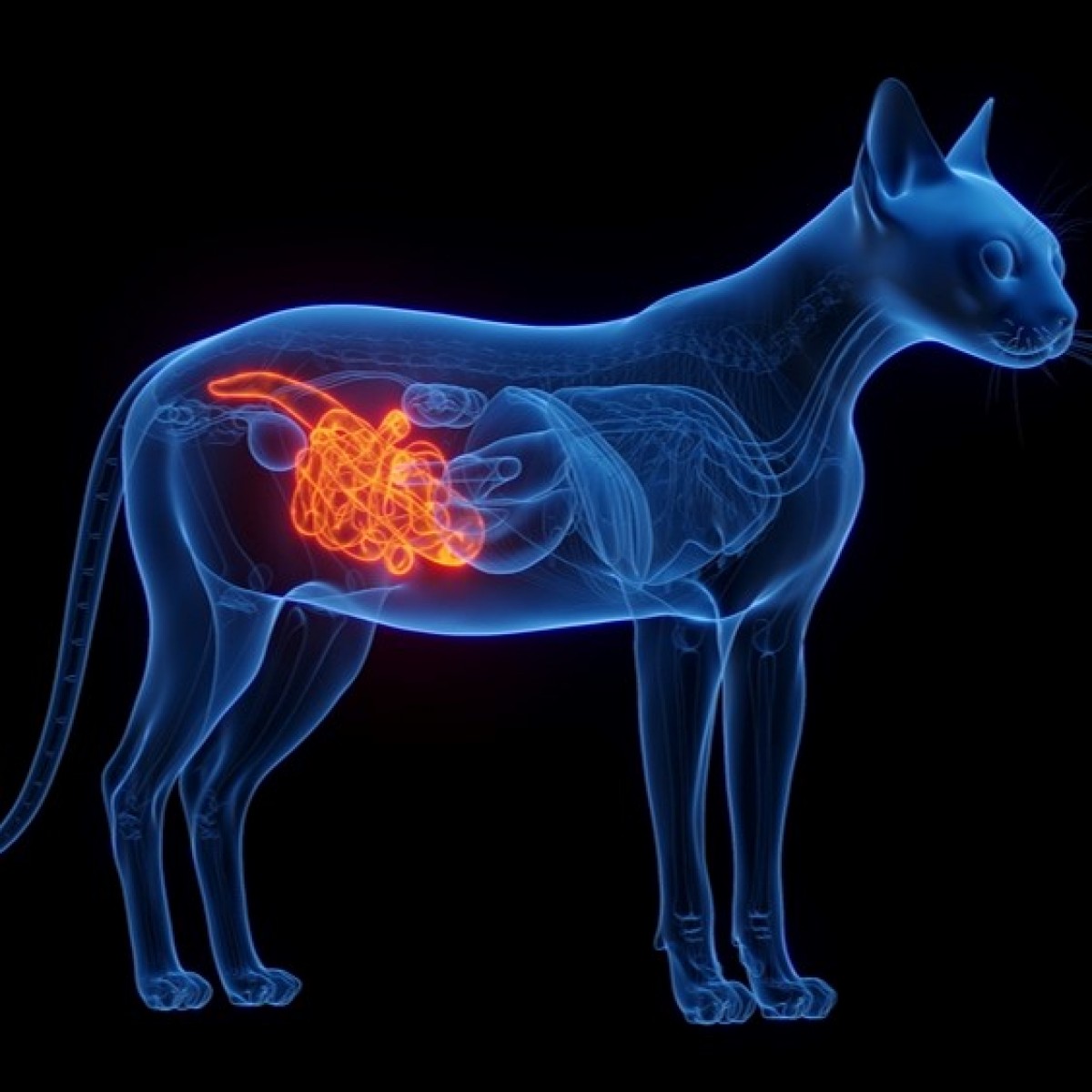
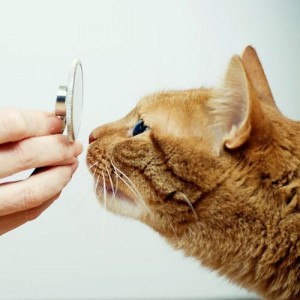
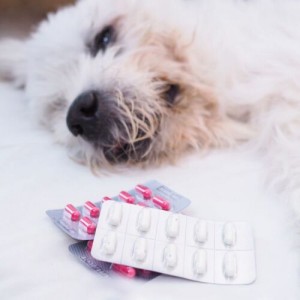
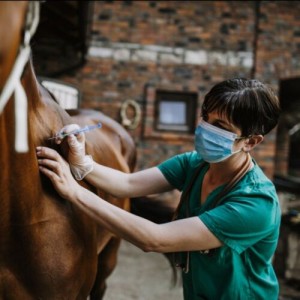
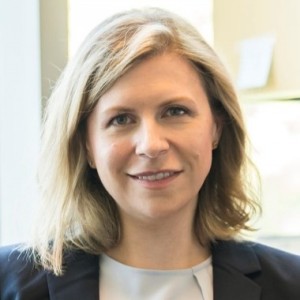


List
Add
Please enter a comment